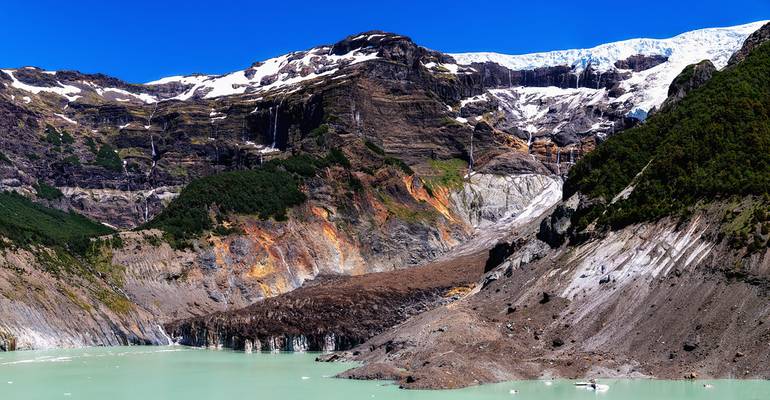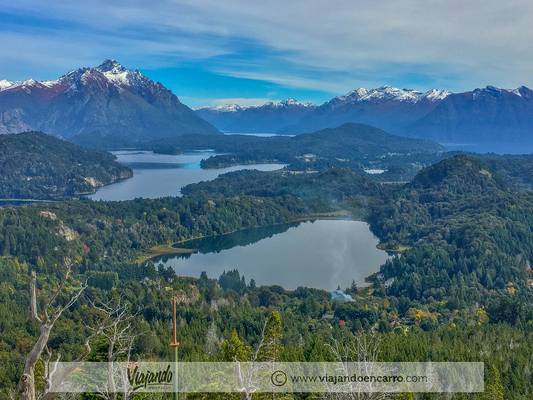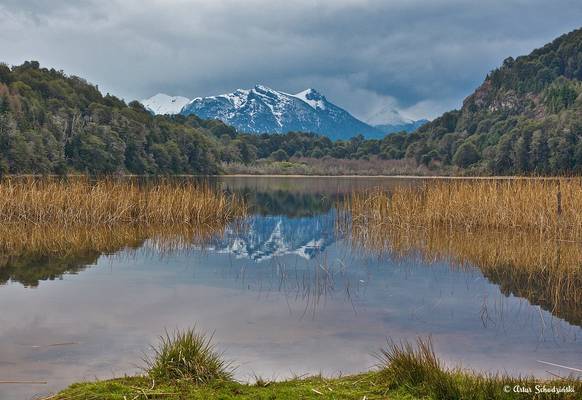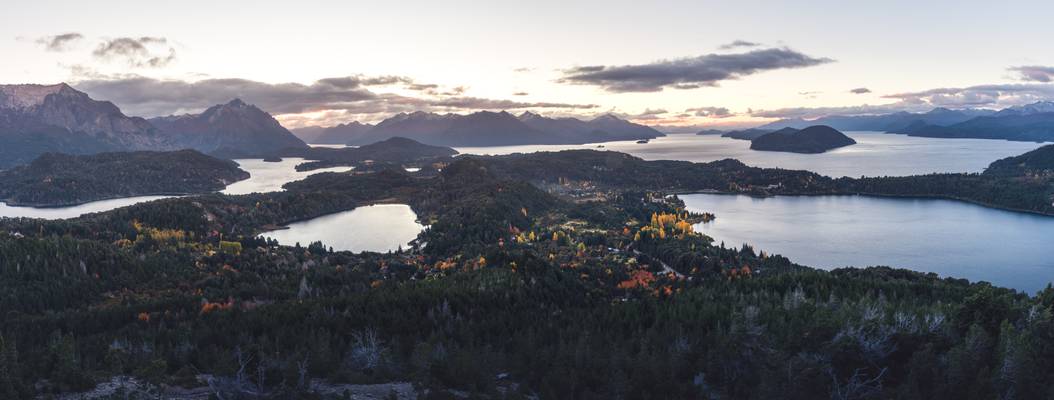
Departamento Bariloche

by StarCitizen
San Carlos de Bariloche, Rio Negro, Argentina
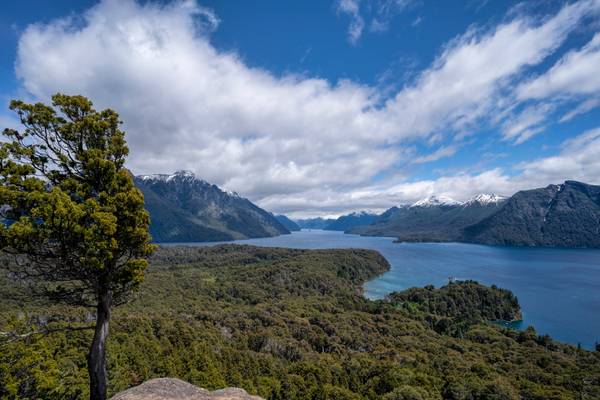
by StarCitizen
San Carlos de Bariloche, Rio Negro, Argentina
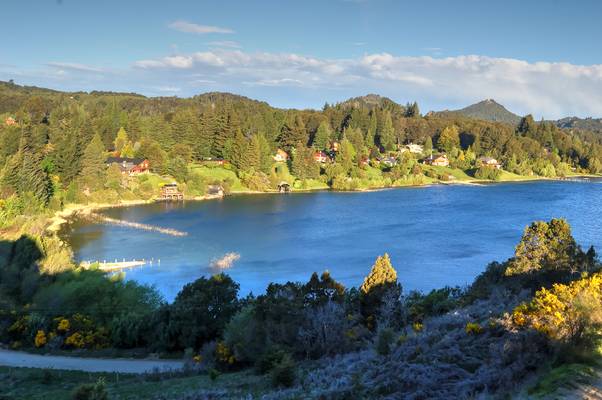
by Enrica Fabriani
San Carlos de Bariloche es una de las localidades turísticas más conocidas de Argentina. Se encuentra en la ribera sur del enorme lago Nahuel Huapi.
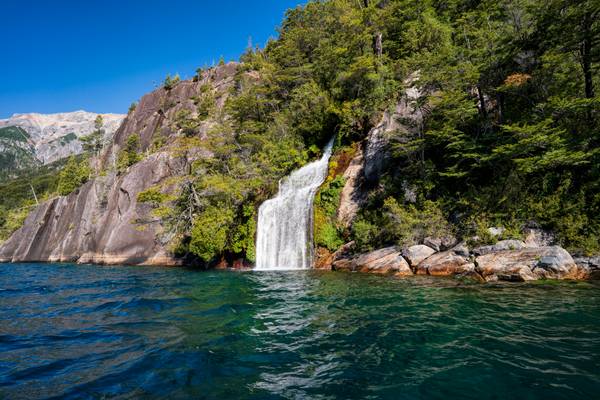
by StarCitizen
Bariloche, Argentina
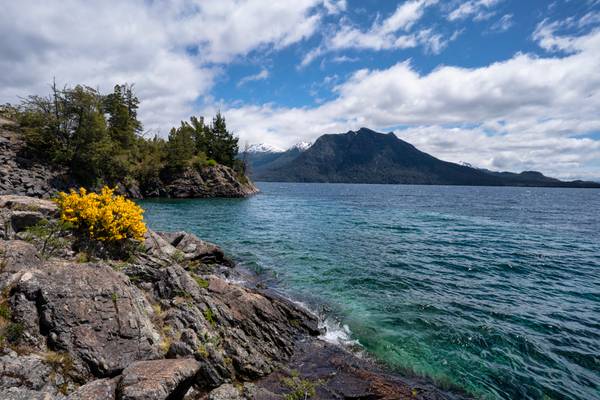
by StarCitizen
Nahuel Huapi lake, located within the Nahuel Huapi National Park, has a surface of 529 km2 (204 sq mi), rests 2,510 feet (770 m) above the sea level, and has a maximum measured depth (as of 2007) of 1,437 feet (438 m).
The lake depression consists of several glacial valleys carved out along faults and Miocene valleys that were later dammed by moraines.
It is connected to other smaller lakes such as Gutiérrez, Moreno, Espejo and Correntoso. The deep-blue waters hold a number of islands, most notably Isla Victoria with an area of 31 km², and Isla Huemul.
A curious fact about the lake is that, despite being nowhere near any ocean and being at high altitude, it is also home for kelp gull and the blue eyed cormorant (Phalacrocorax atriceps), otherwise strictly marine birds.
The lake’s crystal clear waters are very susceptible to climate changes and have an average surface temperature of 45 °F (7 °C); this makes it both beautiful and treacherous.
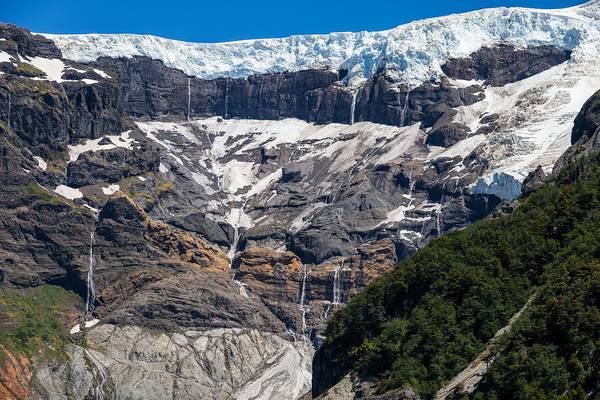
Desde el Ventisquero Negro
El cerro debe su nombre (Tronador) a la ruptura de bloques de hielo en su cumbre, lo que produce el sonido de truenos...
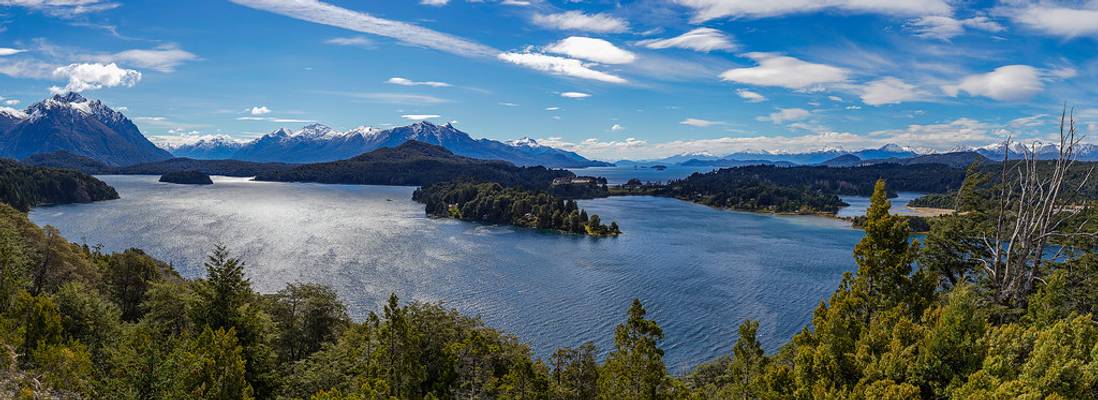
Panorámica de ocho imágenes. Eight shots pano.
Cerro Capilla, Lagos Moreno y Nahuel Huapi. Capilla Mount, Moreno and Nahuel Huapi Lakes.
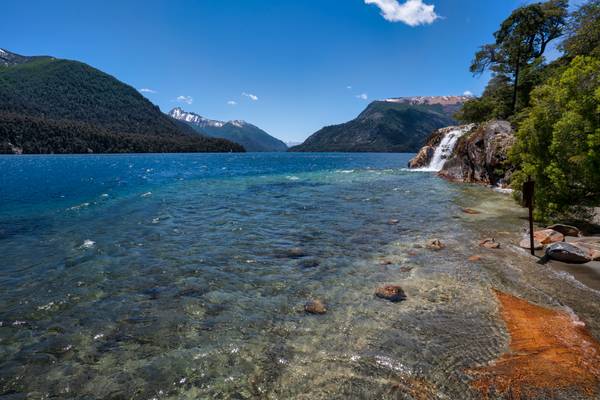
by StarCitizen
Bariloche, Argentina

by StarCitizen
Bariloche, Argentina

by Enrica Fabriani
San Carlos de Bariloche es una de las localidades turísticas más conocidas de Argentina. Se encuentra en la ribera sur del enorme lago Nahuel Huapi.
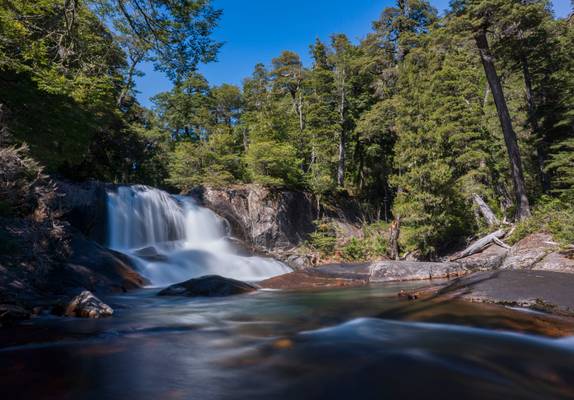
by StarCitizen
Bariloche, Argentina
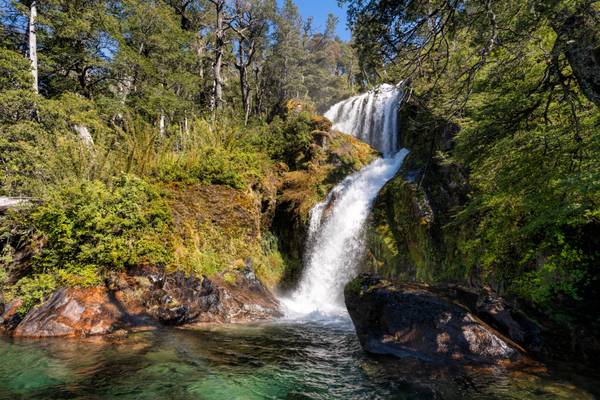
by StarCitizen
Bariloche, Argentina
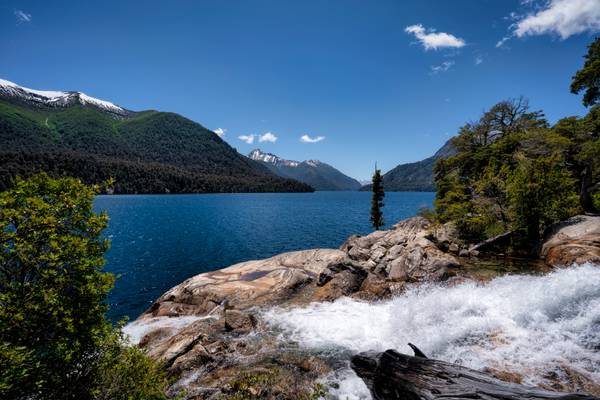
by StarCitizen
Bariloche, Argentina
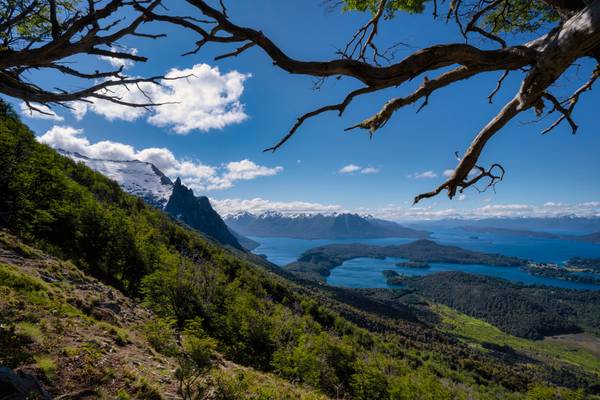
by StarCitizen
Bariloche. Argentina
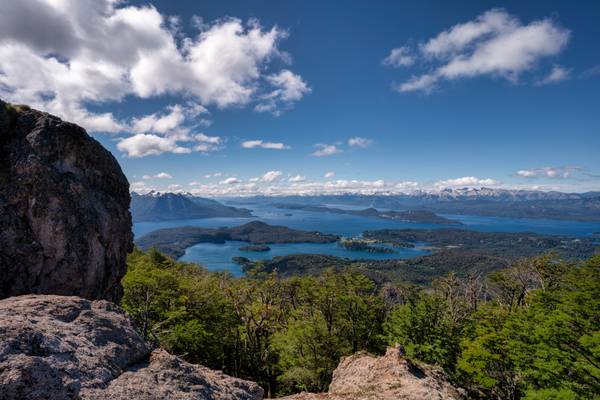
by StarCitizen
Bariloche, Argentina
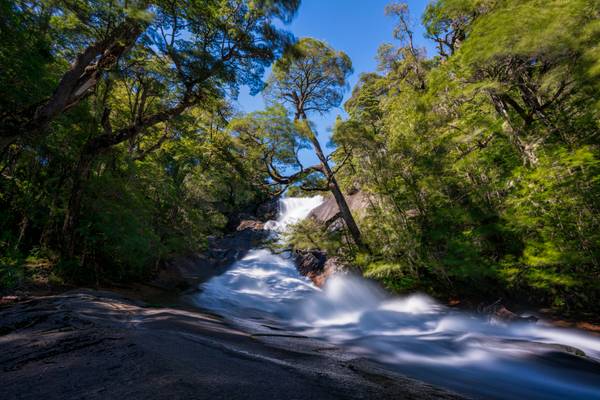
by StarCitizen
Bariloche, Argentina
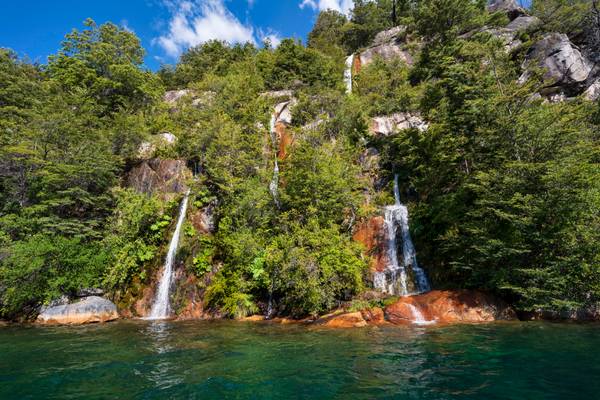
by StarCitizen
Bariloche, Argentina
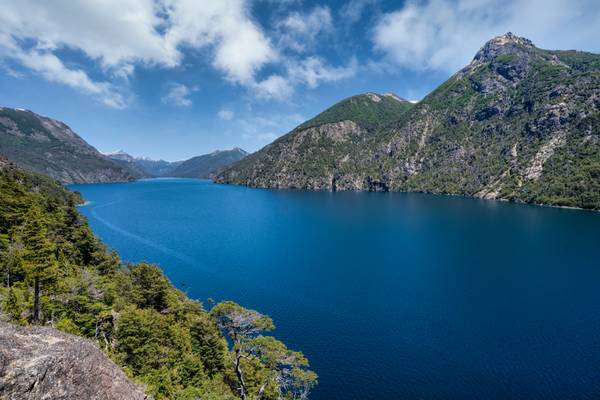
by StarCitizen
Nahuel Huapi lake, located within the Nahuel Huapi National Park, has a surface of 529 km2 (204 sq mi), rests 2,510 feet (770 m) above the sea level, and has a maximum measured depth (as of 2007) of 1,437 feet (438 m).
The lake depression consists of several glacial valleys carved out along faults and Miocene valleys that were later dammed by moraines.
It is connected to other smaller lakes such as Gutiérrez, Moreno, Espejo and Correntoso. The deep-blue waters hold a number of islands, most notably Isla Victoria with an area of 31 km², and Isla Huemul.
A curious fact about the lake is that, despite being nowhere near any ocean and being at high altitude, it is also home for kelp gull and the blue eyed cormorant (Phalacrocorax atriceps), otherwise strictly marine birds.
The lake’s crystal clear waters are very susceptible to climate changes and have an average surface temperature of 45 °F (7 °C); this makes it both beautiful and treacherous.
Thanks to all Phoide contributors to Departamento Bariloche!
Most notably StarCitizen and Enrica Fabriani.
